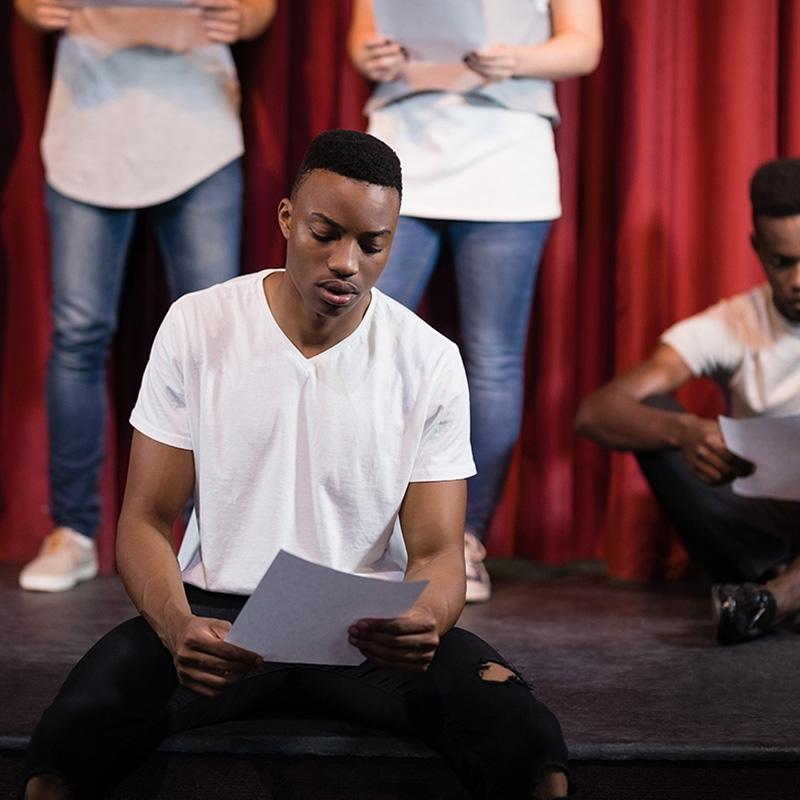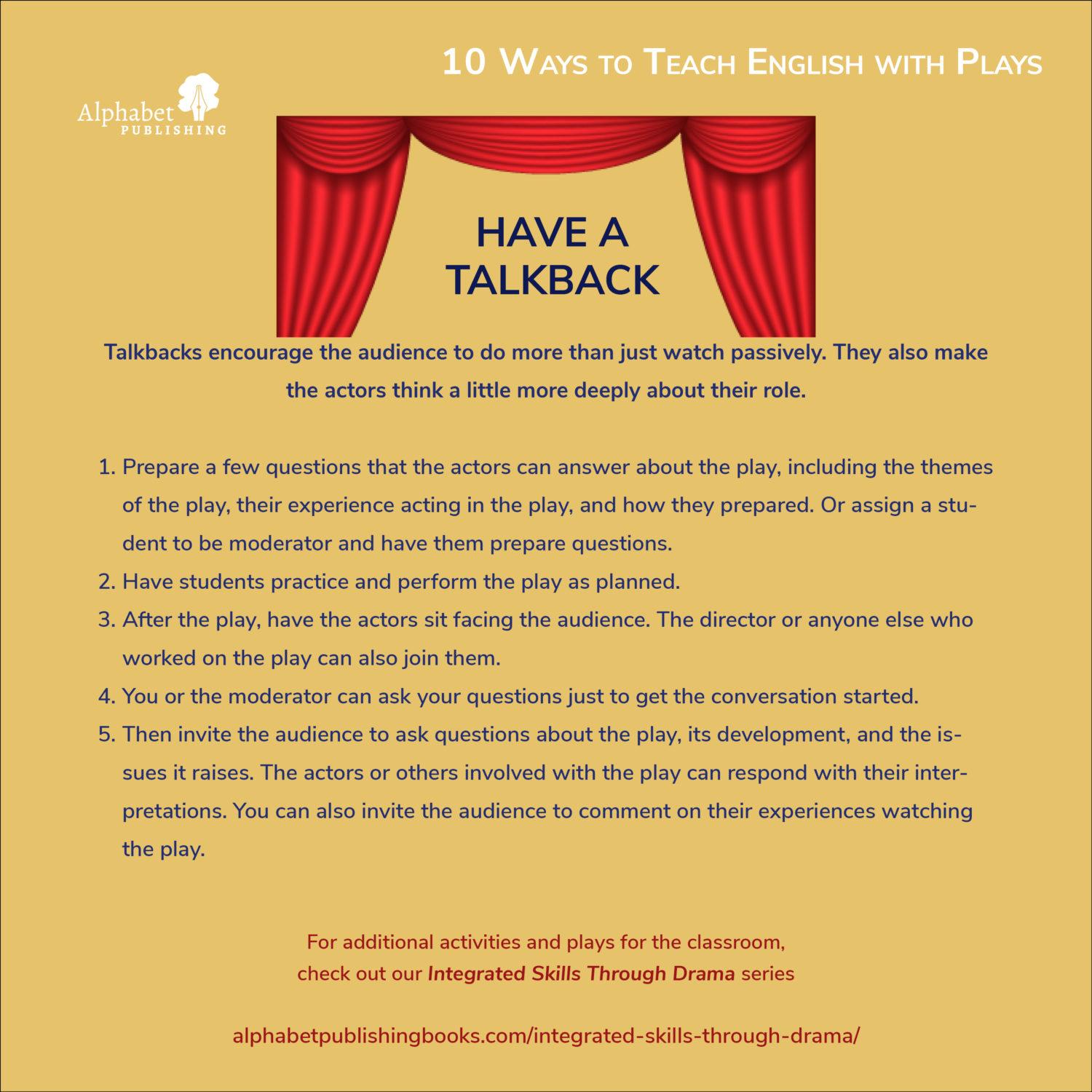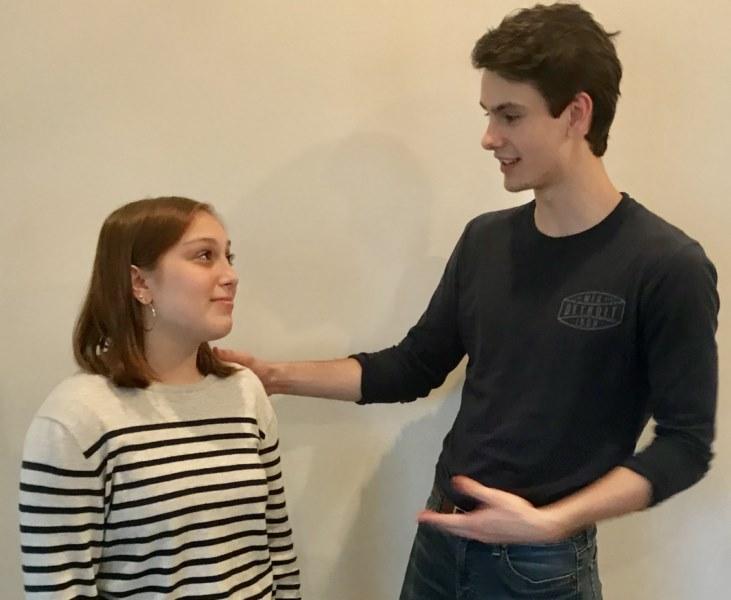In honor of Alice Savage‘s post on Middleweb on exploiting scripts and using role plays in the classroom, I dug up this draft article we worked on together for something or other. There’s some overlap […]

How to Do Reader’s Theater
What is Reader’s Theater? In its simplest form, Reader’s Theater is an activity where students read a play aloud with the scripts in hand. They often do so without having memorized the script. They may […]
Teaching students to be honest: the pragmatics of brutal honesty
We’re not making this up. It’s National Honesty Day and we have some ideas for and ESL lesson about honesty using pragmatics, or the social and cultural rules that determine how we communicate effectively. People […]

10 Ways to Teach English with Plays
Why teach English with plays? Plays are a natural resource for the English language classroom. They offer opportunities visit and revisit language in action, particularly if the play was written in natural dialogue. Furthermore, when […]

Why Do Drama in the Classroom?
Speaking lessons are my favorite lessons to teach. I love writing a really interesting role play and having students go at it. At their best, students get so absorbed in the role and the situation […]

